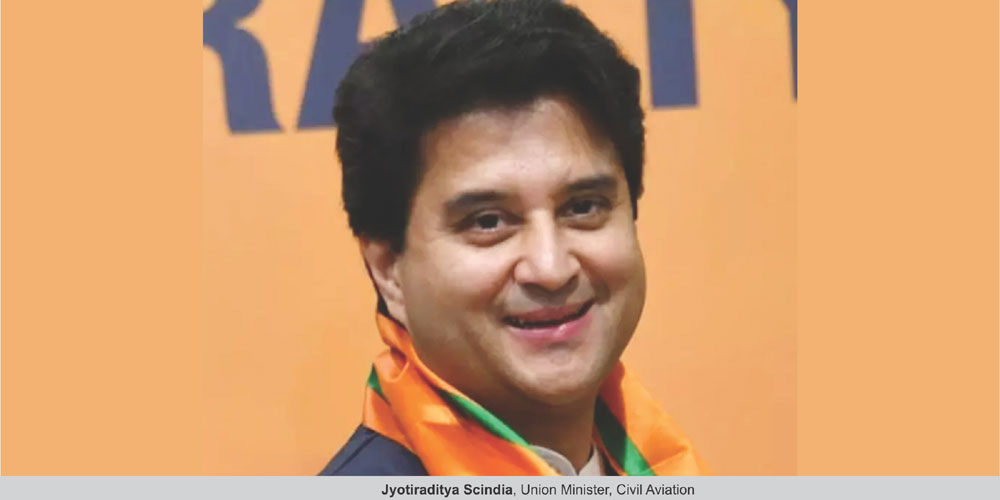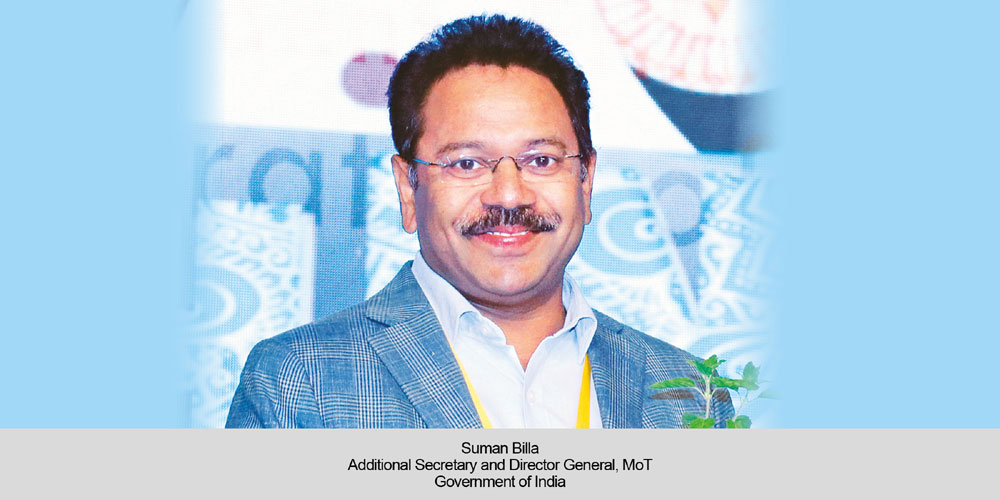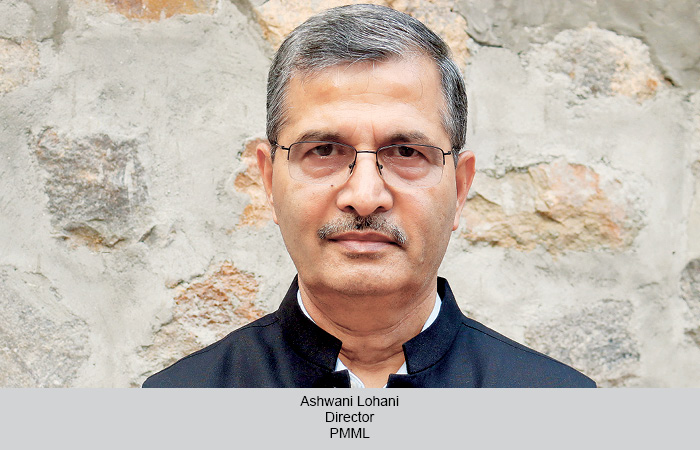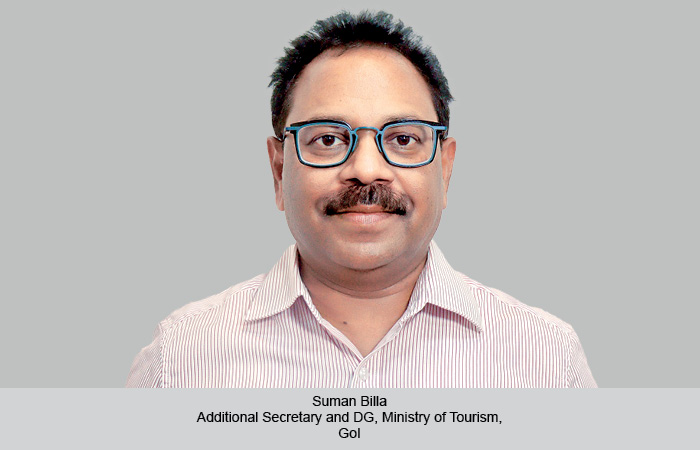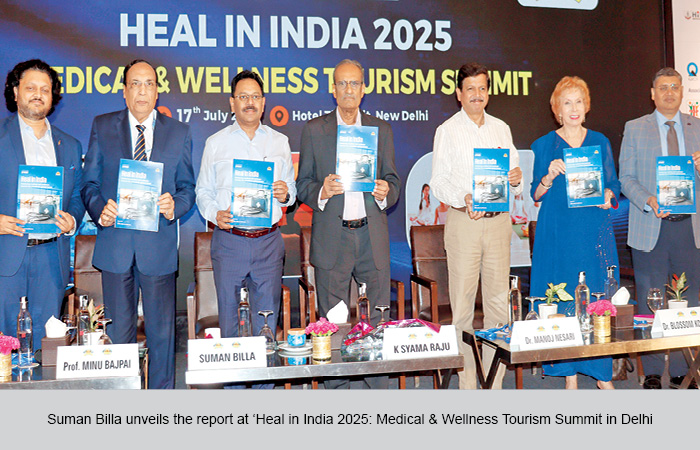Jyotiraditya Scindia, Union Minister, Civil Aviation, says that Kushinagar International Airport serves as the circuit’s gateway, claiming that tourism and aviation are two sides of the same coin.
Nisha Verma
When the tourism and civil aviation sectors work together, they can help the country expand economically and create jobs, according to Jyotiraditya Scindia. “In terms of statistics, the economic growth multiplier for civil aviation is 3.25, while the employment multiplier is 6.1. The same can be said for tourism, which has a 4.5 economic growth multiplier and a 7.5 employment growth multiplier. Both of these areas are critical to our economy if we are to have economic growth and job possibilities in the country,” he explained. Scindia stated that more people fly than take the train. They desire quick trips for which connectivity is critical.
The Kushinagar advantage
He said that the Prime Minister’s decision to open Kushinagar is beneficial to the Buddhist Circuit in India and beyond. “The Kushinagar gateway serves as the circuit’s backbone. The first flight from Sri Lanka has already taken off. SpiceJet will begin flights between Delhi and Kushinagar on November 26, and flights between Kushinagar and Mumbai and Kolkata will begin on December 18,” he said, urging travel operators to lobby for the flights.
He also mentioned that the Kushinagar airstrip is 3,200 metres, making it Uttar Pradesh’s longest. “Kushinagar is Uttar Pradesh’s ninth airport. We intend to build 17 airports in the state over the next 3 to four years. Following Kushinagar, construction on Ayodhya International Airport will start in 6 months, and Jewar International Airport in Noida will open soon. This would improve connectivity, especially in the context of UDAN. We presently have 390 routes approved under UDAN, with aim of increasing the number to 1000 in the next two years.”
Value additions must
Scindia further said that tour operators shouldn’t just serve as a booking agent and rely solely on commissions. He did, however, suggest that they provide value additions for travellers in boosting their earnings. “Make packages for whatever circuit you want, and force hotels to offer packages with Value Addition Services (VAS), because today’s tourists want a hassle-free experience with only one point of contact for everything, which should be through you. I believe in creating an ecosystem in which we can all work together to move forward.”
VAT in ATF
“I am approaching every CM and asking them to lower the VAT on ATF” Scindia said, explaining the strong campaign he is running with Chief Ministers of all states to reduce VAT on ATF. There are 11 state governments that tax between 1 and 5 per cent, and around 27 state governments that charge between 5% and 30%. My goal is to persuade as many governments as possible to levy a 1-5 per cent VAT on ATF in order to enhance connectivity coverage.” With states like Uttarakhand, J&K, Andaman & Nicobar, and Haryana, Scindia has already achieved this objectvtive. “In fact, three new fixed-wing connections to Uttarakhand began less than a week after the drop in VAT from 25% to 1% was announced, and 18 new helicopter connections were given. Because of the high level of connectivity, this has economic multiplier effects as well as employment benefits. Also, refuelling planes from these places of connection with minimal ATF becomes much cheaper. Maharashtra, for example, has a dual VAT system, with almost 5% across the state and around 26% in Mumbai and Pune. I would augur for one level of ATF between 1-5% across the states,” he asserts.
 TravTalk India Online Magazine
TravTalk India Online Magazine

